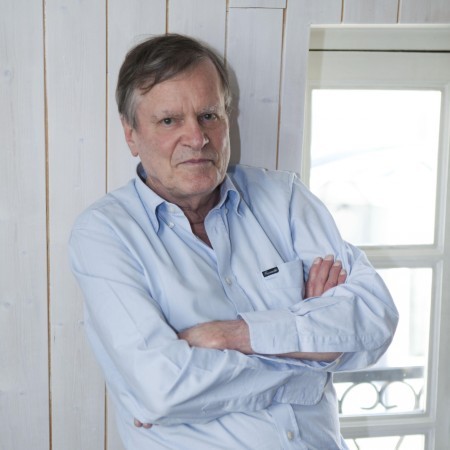Composing in the wake of the motet

Composing music for a children’s choir and baroque instruments is not a forgotten art, as proven by composer Philippe Hersant who wrote his mysterious Cantique des trois enfants dans la fournaise in 2015.
Tell us about the production
It’s a major production which was commissioned by Radio France. It requires four choirs of eighteen children and four quartets, plus three young solo singers. This means over eighty musicians to be positioned at the four cardinal points inside the church. I was asked to respect the number of musicians and spatial arrangements that were used for performances of the Messe à quatre chœurs by Marc-Antoine Charpentier composed in the early 1670’s. It is thought that this grandiose work was never performed during the composer’s lifetime as it required too many musicians.
How do you set about composing for a children’s choir?
One tends to imagine that one should avoid composing music that is too difficult for young voices, for example with a wide ambitus (the range from the lowest to the highest pitch). But choir schools in France today (for example at Radio France and the CMBV) are of a much higher standard than in the past, allowing composers to give free rein to their ideas and come up with ambitious music. I did not pay particular attention to the fact that it was for children. But when it came to the three solo parts to be sung by thirteen year old boys (CMBV Pages) I had to take into account the timbre of their unbroken voices (delicate, fragile and without vibrato).
How do you compose music for early instruments?
It’s not complicated. You avoid writing for the viola da gamba as if it was a cello – they are distant cousins but have very different techniques. You have to be aware of the limitations of these early instruments or you will compose something that is unplayable …or will sound wrong. For example, you cannot ask a viola to play very high notes. If you want power you have to go for the lower notes. A feature of baroque brass instruments is that they have no piston valves and can play fewer notes than contemporary wind instruments. You have to be careful here too – their sound is less powerful and less uniform but to my mind it is full of verve and flavour. The sackbut is played like a trombone but has a more mellow, delicate sound. It was the first time I’d used the theorbo and I felt I was walking on eggshells! Composers are increasingly interested in early instruments and, conversely, baroque musicians seeking to broaden their repertoire are increasingly turning to us. Now that the repertoire has been rediscovered, these instruments can survive through newly created compositions.
What do you recall about its premiere of in the Royal Chapel?
I have wonderful memories of it. It was the 3rd July 2017 and the weather was incredibly hot! The poor soloists were perspiring in their velvet costumes! The setting was magnificent and positioning was just right – the three young singers stood on the upper floor in the musicians’ gallery facing the organ. Visually it worked really well.
Listen to an extract!
Cantique des trois enfants dans la fournaise
Excerpt from the premiere of Cantique des trois enfants dans la fournaise at the Abbeville international festival, May 2015